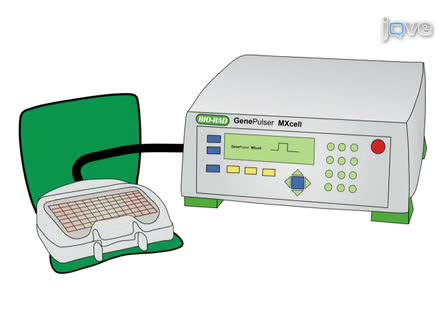A subscription to JoVE is required to view this content. Sign in or start your free trial.
JoVE Journal
Biology
Removal of an Internal Translational Start Site from mRNA While Retaining Expression of the Full-Length Protein
Chapters
- 00:04Introduction
- 00:42DNA Extraction
- 01:45DNA Amplification by PCR
- 02:42Incubation with Restriction Enzyme
- 03:34Preparation of 1.5% Agarose Gel for Electrophoresis and DNA Band Detection
- 04:22Results: Genotype Analysis and Recombination Efficiency
- 05:21Conclusion
The present protocol describes a single M213L mutation in Gja1 that retains full-length Connexin43 generation but prevents translation of the smaller GJA1-20k internally translated isoform.










